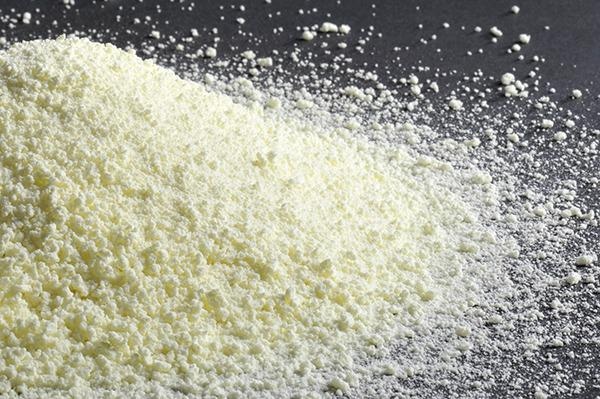The presence of free water can fundamentally influence the flow properties of a powder. Depending on the hygroscopic properties of the material, water can act as a lubricant, an adhesive, or a mechanism for granulation, each of which will change the way in which the powder will behave.
The ability to evaluate the flow properties of a wet mass, in comparison to the dry powder, can therefore provide valuable information on a powder’s response to the presence of moisture, whether this is an intentional stage in a production process, for example, wet granulation, or a result of exposure to humid conditions.

Image Credit: Freeman Technology
Liquid bridging occurs where free water is distributed throughout a powder, and typically causes an increase in Flow Energy reflecting the more cohesive nature of the wet mass. At low moisture concentrations, the degree of liquid bridging is low, and particles can still readily move with respect to each other. However, as moisture concentration increases, liquid bridges become more prevalent, causing particles to adhere to each other, resulting in an increased resistance to movement and a corresponding increase in Flow Energy. Conversely, free water can act as a lubricant, reducing Flow Energy, or as a mechanism for granulation, leading to large, efficiently packed granules often with a significantly higher Flow Energy.
The Flow Energy of a wet mass is easily measured using the FT4 Powder Rheometer® Dynamic Flow test methodology. This is a quick and simple test that can be performed on multiple samples in quick succession, (such as those drawn from a granulator during the granulation process). A single test is carried out on each sample, as opposed to the multiple test approach employed in the standard Dynamic protocols. Tests should be carried out as soon as the sample is available, to minimise moisture loss during preparation.